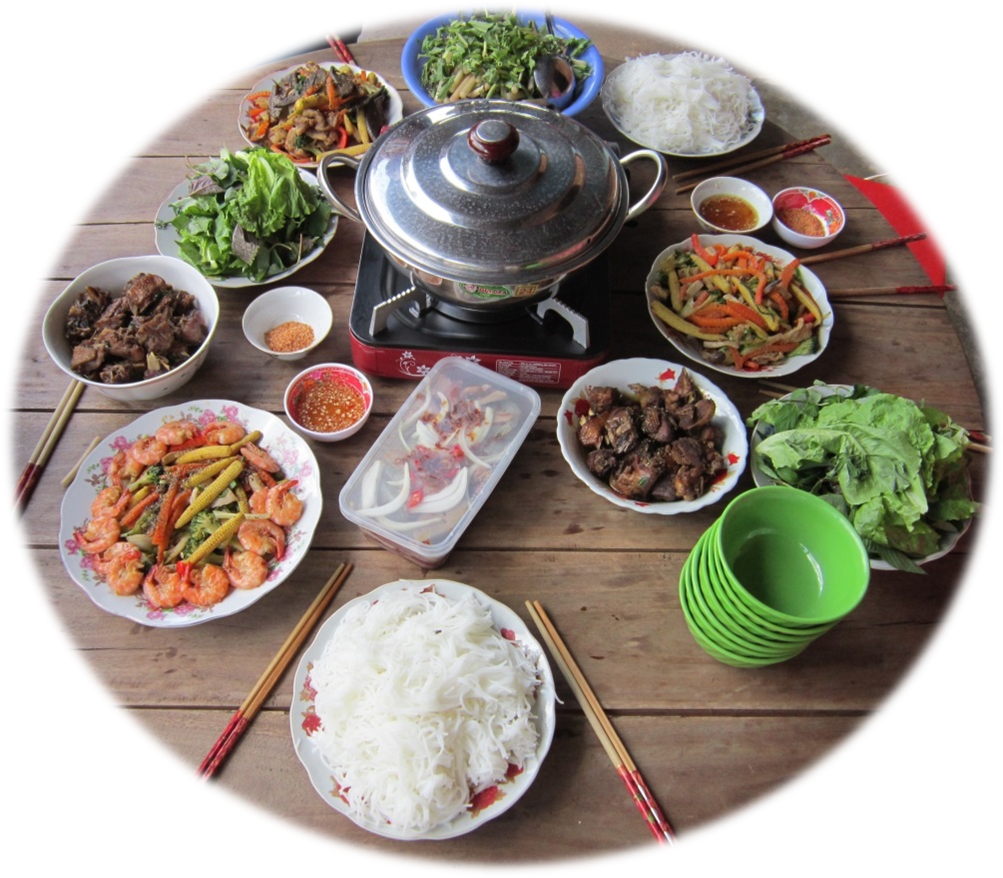FOODWAYS THROUGH CERAMICS IN SOUTHEAST ASIAN ARCHAEOLOGY: A VIEW FROM SOUTHERN VIETNAM
DOI:
https://doi.org/10.7152/jipa.v37i0.14745Abstract
Food related research in Southeast Asian archaeology is heavily biased towards the assessment of subsistence strategies as well as typological and petrographic analyses of ceramics. Little is known about the range of diverse food items, how they were prepared and consumed, and the importance these foods played in the social lives of people in the past. My research seeks to extend the treatment of food in Southeast Asia archaeology from subsistence “strategies” to foodways by incorporating technofunctional and organic residue analyses of earthenware pottery vessels to address outstanding questions about their function with regard to the preparation and consumption of food. This paper presents preliminary findings on a range of prehistoric earthenware pottery excavated from Rạch Núi, An Sơn (Neolithic), and Gò Ô Chùa (Metal Age) sites in Long An Province, Southern Vietnam. Results are compared with similar data from experimental and ethnographic pottery as well as integrated with complementary data associated with the archaeological pottery samples. It is predicted that integrative analysis of technofunctional aspects of earthenware pottery with organic residue analysis will provide new perspectives on the foodways in Southern Vietnam during the Neolithic and Metal Age.Downloads
Additional Files
Published
2015-05-07
Issue
Section
Articles

